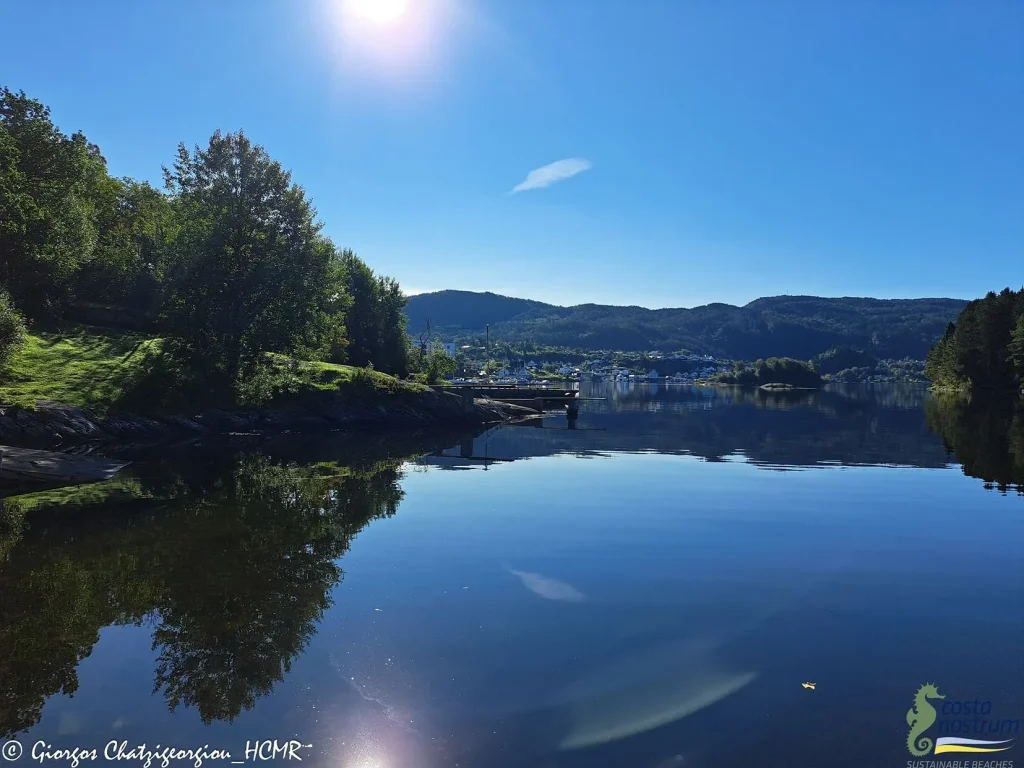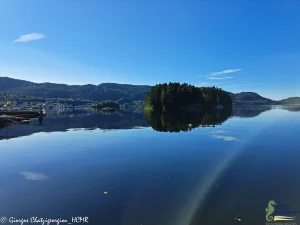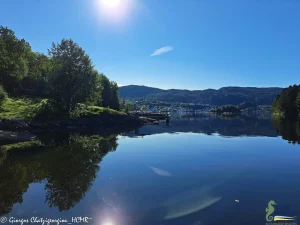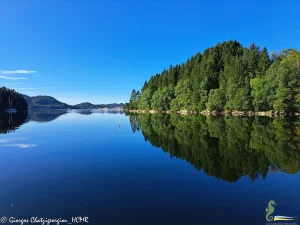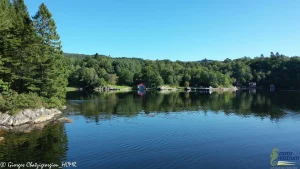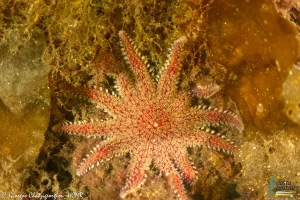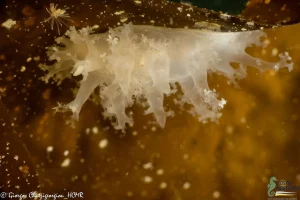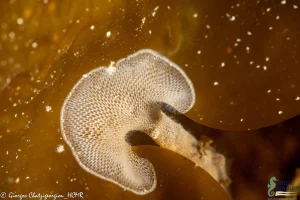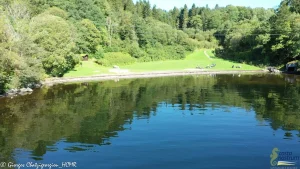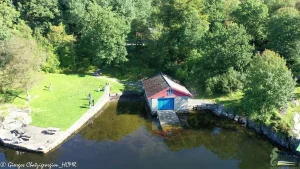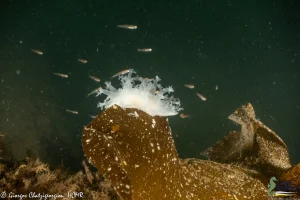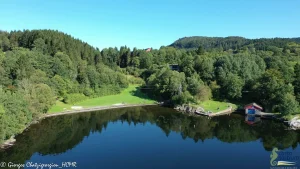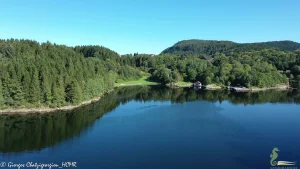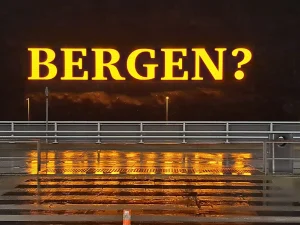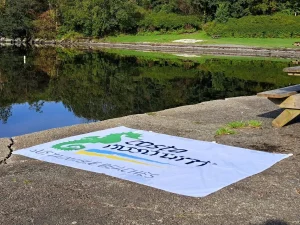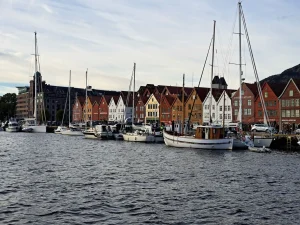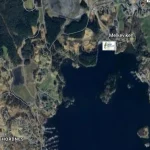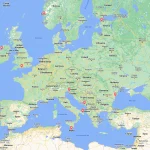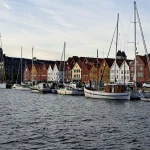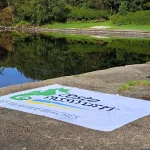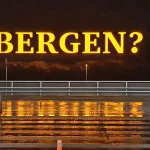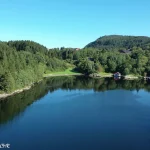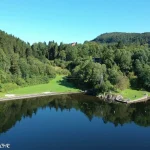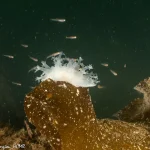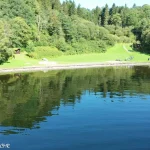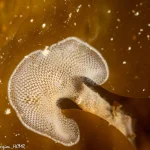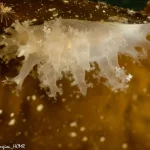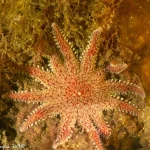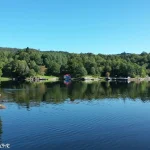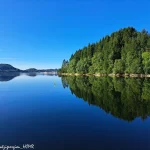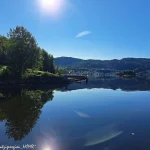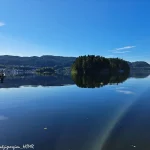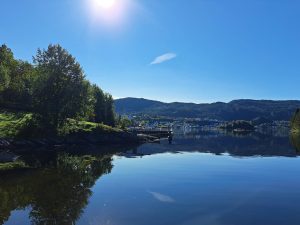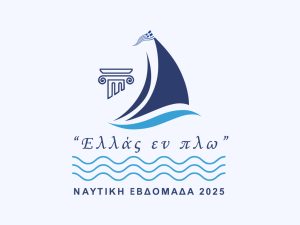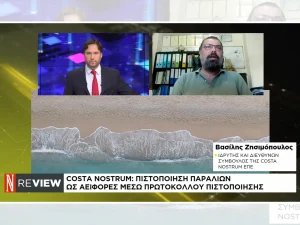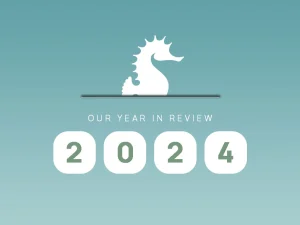In the last days of August, Costa Nostrum was in Norway and more specifically in the beautiful Bergen, within the framework of the European Horizon Europe framework program “A PROactive approach for COmmunities to enAble Societal Transformation – PRO-COAST” (101082327 – PRO-COAST – HORIZON-CL6-2022-BIODIV-01), for the evaluation of a beach as a sustainable beach Costa Nostrum – Sustainable Beach.
The official website of the European Program is, https://www.pro-coast.eu/en/c
This particular trip is considered extremely important, as it is the first time since the founding of Costa Nostrum in the summer of 2015 that the Costa Nostrum protocol is applied to a beach outside of Greece. In addition, in 2025, eight more European countries will follow Norway’s example, including Malta, Italy, Estonia, England, Ireland, Slovenia, Romania and Montenegro.
More specifically, the Costa Nostrum team visited Melkeviken beach, about 13 kilometers outside Bergen, in the lush and seasonally beautiful fjords of Norway.
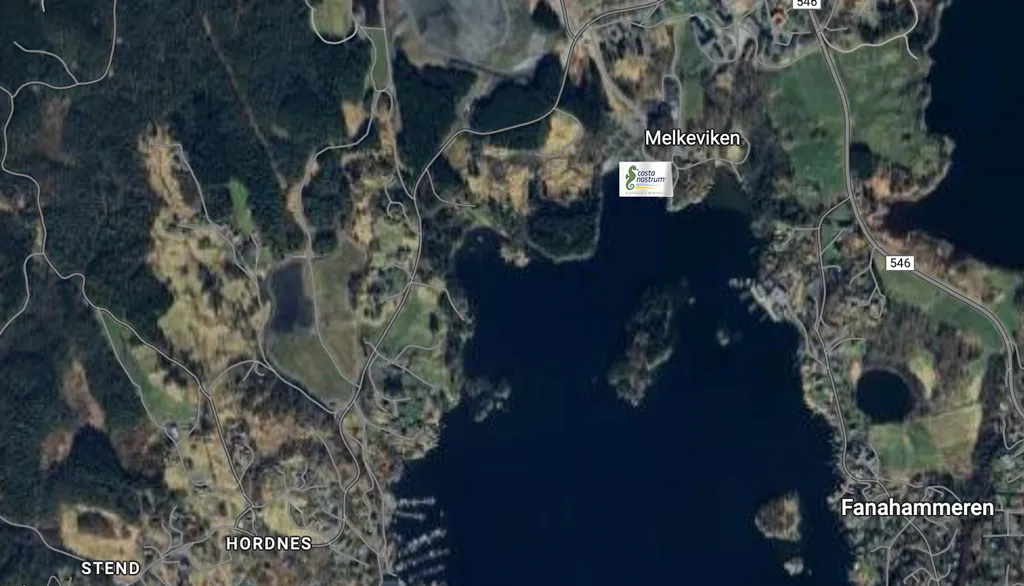
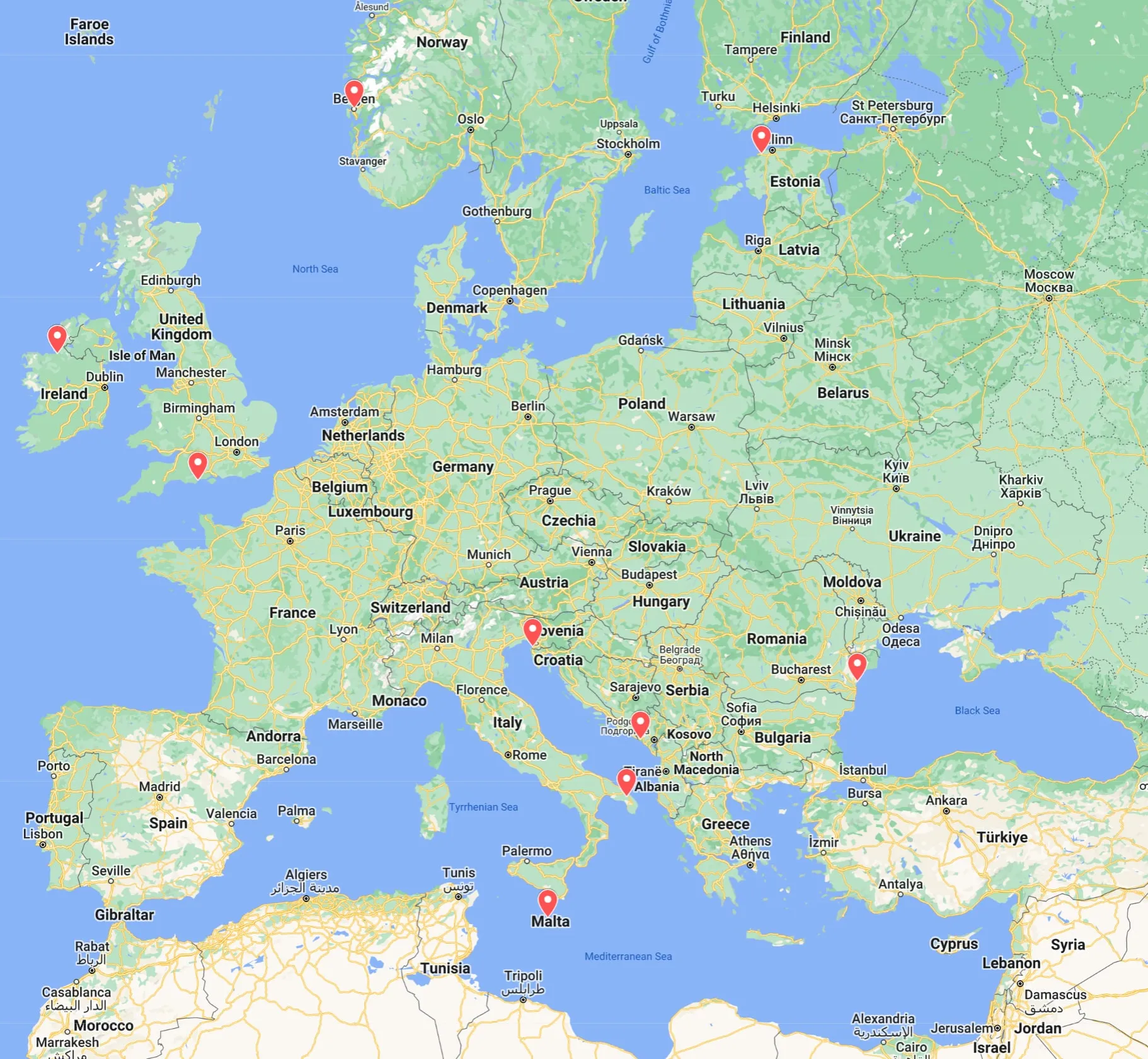
Melkeviken beach is one of the most popular and busiest beaches in the region, attracting quite a few people, including many families with young children, even at the end of the summer season, as we observed during our visit. At the same time, it is used by schools and clubs as a place to learn kayaking and other activities that strengthen children’s connection with nature.
The composition of the beach is composed of gravel and sand, with pebbles dominating the shoreline and turning into sand at greater depths. On the right side of the beach, a rocky substrate was observed extending to a depth of 3 meters.
The Costa Nostrum team used visual inventory methods, including diving, ROV technologies and aerial drones. The shallow substrate was dominated by two species of algae: sugar kelp (Saccharina latissima) and green kelp (Zostera marina). Overall, the diversity and abundance of benthic species was low, as was and the fish population.
One of the greatest strengths of Melkeviken beach is that no significant pressures or threats were identified during the survey, and no marine or terrestrial litter was recorded. The main challenge faced by the Costa Nostrum team, during the field research, was the low visibility, due to the high primary productivity (phytoplankton). Indeed, both the beach itself and the coastal zone were beautiful and looked like they had sprung from a Norwegian fairy tale. We would definitely like to visit it again.


